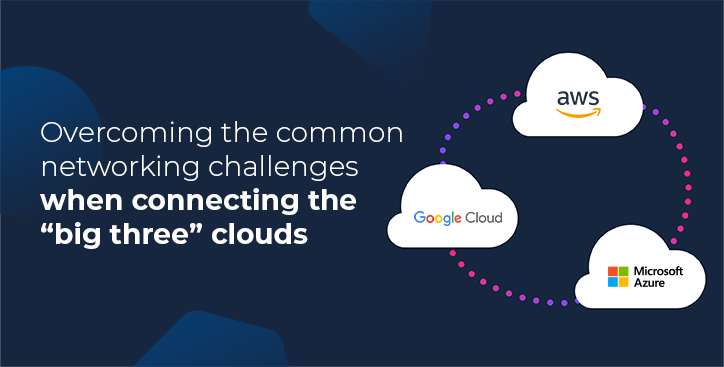There are many that believe SD-WAN can generate significant cost savings, primarily from supplementing expensive premium MPLS connections with cheaper broadband internet. Secondly, it contributes savings in terms of reduced network downtime while requiring fewer in-house resources. This is especially true if a managed service is used and may be the reason why, according to Frost & Sullivan, 80% of enterprises are choosing managed SD-WAN services, compared to just 20% doing it themselves.
It’s also worth considering however that significant business benefits could be exploited through increased productivity as a result of faster processes, reduced latency, and improved responsiveness of critical applications. In short, optimizing the delivery of every application, based on its own specific requirements.
The complexity cost
Practically, legacy WANs were easier to administer. Different connectivity types required an array of single-purpose boxes to route and secure traffic, but SD-WAN, with its agility and performance gains, brings with it a technical complexity that requires new skills – and a new level of understanding – from the teams responsible for managing the WAN.
Not only is SD-WAN able to use a combination of different access types at a site, enabling faster deployment, greater up-time and more available bandwidth at a lower cost than MPLS, it's also able to identify the optimal data flows for individual applications. It will then prioritize and deliver them with the same homogeneity of performance associated with a dedicated link.
But this benefit comes with requirements. It’s the same smartness of the network that also increases its complexity. Combined with a need for direct access to services in the cloud – especially from remote sites – there is clear reason to drive an overhaul of the network architecture.
Security is one part of this consideration and must be understood from the outset when deploying SD-WAN, so it is integrated into deployments, route selection, cloud access, virtual instances, container services and more.
Virtualization for increased agility
Along with a necessary expertise in security, SD-WAN also makes network monitoring increasingly difficult, as the analysis has to go beyond the hardware and the connections between those assets to studying applications and network topologies in different layers. Just as with security, this is where network operators, particularly as partners, come into their own. As operators deploy virtualization within their own network, they pass on end-to-end monitoring tools through the dashboard for their virtualization solution.
With the right knowledge, then, SD-WAN has the potential to increase productivity by allowing an organization to deploy the same application performance to all employees, regardless of location or connection. In this respect, SD-WAN provides a truly agile solution.
Learn how SD-WAN and MPLS can complement each other with our hybrid networking guide

.jpg)





.jpg)

